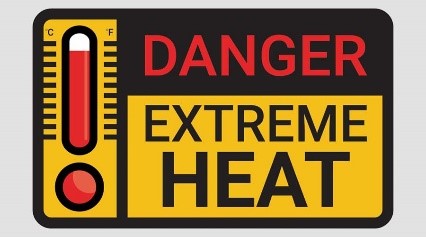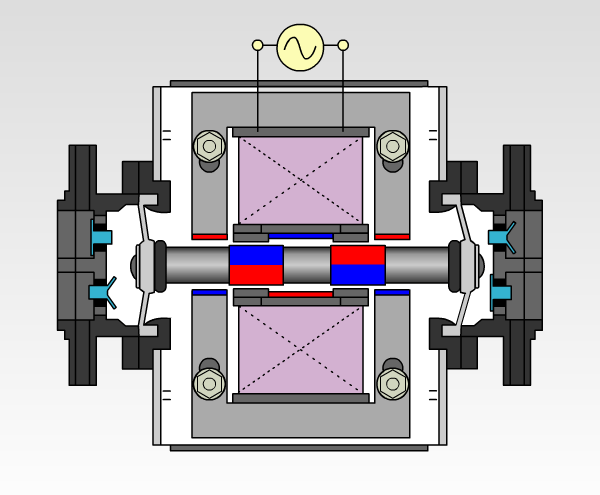Koi Pond Air Pump: Quality Matters
HIBLOW WG Series: The Premium Koi Pond Air Pump

One often overlooked but essential component of a koi pond ecosystem is a high-quality koi pond air pump. This device plays a crucial role in keeping the pond environment clean, oxygen-rich, and conducive to fish and plant life. Why spend all that money on your beloved koi and pinch pennies on a koi pond air pump—an item essential to their livelihood?
Why Aeration Matters in a Koi Pond
Koi fish require well-oxygenated water to thrive. Without proper oxygen levels, koi can become sluggish, suffer from health issues, or even die. Here are the main reasons a koi pond air pump is indispensable:
- Oxygenation of Water
Fish, beneficial bacteria, and other aquatic organisms rely on dissolved oxygen. A high-quality koi pond air pump ensures consistent oxygen levels throughout the pond, especially in deeper or warmer water where oxygen tends to deplete. - Support for Beneficial Bacteria
Aerobic bacteria play a key role in breaking down ammonia and nitrites in the pond, keeping the water clean and free of muck. These bacteria flourish and multiply exponentially in well-oxygenated environments. - Prevention of Stratification
During hot months, pond water can stratify, creating layers with different temperatures and oxygen levels. An efficient air pump helps circulate the water, promoting uniform conditions throughout the water column. - Ice Prevention in Winter
In colder climates, an air pump can keep a small area of the pond’s surface from freezing, allowing toxic gases to escape and fresh oxygen to enter the pond—essential for preventing fish kill. - Healthier, Happier Koi
When oxygen levels are optimal and water quality is high, koi fish are more active, grow better, and display more vibrant colors.
HIBLOW WG Series: The Premium Koi Pond Air Pump
For pond owners seeking a dependable, high-performance air pump, the HIBLOW WG Series stands out. Engineered specifically for water gardens and koi ponds, the WG Series offers several features that cater to both novice and experienced pond keepers:
- Superior Build Quality: Designed in Japan, the WG Series is built for longevity and consistent performance using the highest-quality materials.
- Low Energy Consumption: These pumps are designed with efficiency in mind, operating on just 28–58 watts of power to keep running costs low.
- Quiet Operation: Thanks to advanced diaphragm technology, the WG Series is whisper quiet—seriously, it’s measured at the same decibel level as a human whisper.
- Reparability: HIBLOW air pumps can be rebuilt at least twice with only a few basic tools, allowing them to last 10–15 years on average.
WG Series Koi Pond Air Pump Sizing Chart:

Whether you’re setting up a new pond or upgrading an existing system, investing in a high-quality koi pond air pump is essential. The HIBLOW WG Series provides the reliability and performance needed to support a thriving aquatic ecosystem. With the right aeration system in place, your koi can flourish in a clean, balanced, and oxygen-rich environment for years to come.
More Pond Aeration Content
- Do I Need a Pond Aerator Cover?
- Introducing the HIBLOW Portable Pressure Gauge
- Introducing the HIBLOW Adjustable Height Pond Diffuser
- What Size Air Pump Should I Buy?
- DIY Pond Aeration
- How to Calculate Backpressure
- What Type of Diffuser Should I Buy for My Pond?
- How Water Depth, Pipe Size and Diffuser Type Affect Longevity
- DIY Solar Pond
- For all HIBLOW pond aeration content click here
Follow us on Facebook: HIBLOW Facebook Page


























